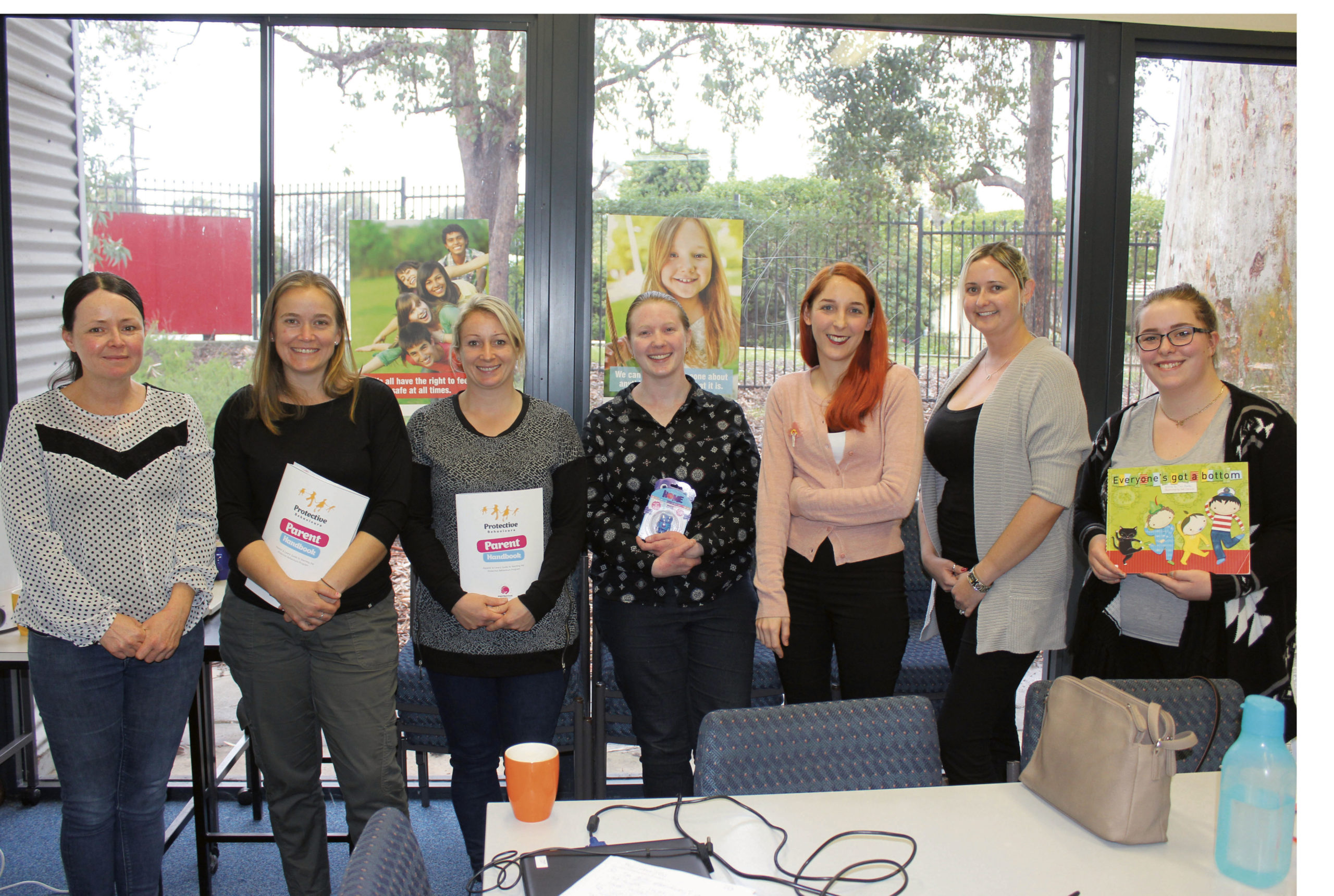
We want to protect the innocence of our children and keep them safe so how do we teach and equip them with the skills of personal safety? Before going
along to the workshop run by Julie Cooper of CLAN Midland at Bullsbrook College last week, when I heard the term “protective behaviours”, the first thing that sprung to mind was stranger danger.
Protective behaviours is about empowering children to deal with a range of unfavourable situations and it is not just about stranger danger. Sadly, 96% of children who are sexually abused are the victims of someone they know in their circle of trust and it is estimated that one 1 in 4 girls and 1 in 7 boys will be subjected to some form of unwanted sexual activity by the age of 18. According to Protective Behaviours WA, abuse may also be by physical means,
neglect, emotional or psychological maltreatment and witnessing family violence.
People often say that in the good old days, children were safe to freely roam the neighbourhood but the fact is there have always been abusers and victims.
What is different today is the lower age and greater means of exposure to sexual imagery and predatory behaviour via advertising, pornography, the internet and smart phones as well as the prevalence of bullying at schools and online. We are also more aware and inclined to talk about the issues. The protective behaviours approach develops self-confidence and preventative skills to deal with a range of difficult, unsafe or abusive situations. It is based on 2 themes, “we all have the right to feel safe at all times” and “we can talk with someone about anything, no matter what it is and there is a difference between safe and unsafe secrets”. Safe secrets are ones that usually have a happy outcome and are eventually told whereas unsafe ones make us feel afraid or uncomfortable and can involve a threat that something bad will happen if you tell. We can teach our children most people are good and kind but there are some who are unsafe; to trust their guts and that being scared is not silly – the physical sensations we feel in our bodies are early warning signs; something is only fun if it is fun for both parties; sometimes we need to be persistent and ask more than once; there is a difference between public and private clothing, places and behaviours; the correct names for body parts; and about being the boss of your body. We can also have them identify a handful of people they can go to if they felt unsafe or needed to talk. Network people are those who are accessible, listen, believe and take action to help if necessary. Julie explained “it is about finding those
teachable moments in each day. For example, when you are reading a book with your child you can use ‘one step removed problem solving’ and ask how
do you think Joe felt when no-one would play with him or when you are playing, what would Barbie do if she heard a bump in the night?”.
If you are not comfortable taking the lead there are lots of resources to help. Protective Behaviours WA has a free Parent Handbook that includes a range
of activities to complete with your child and Julie recommends books such as Everyone’s Got a Bottom by Tess Rowley which teaches children “from
my head to my toes I say what goes”. For information on upcoming workshops contact CLAN Midland on 92506335.







